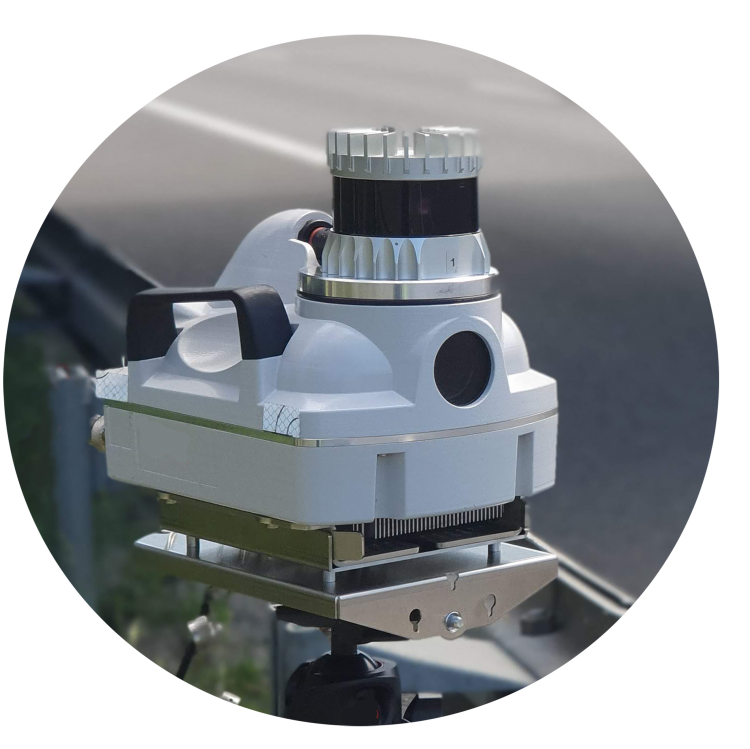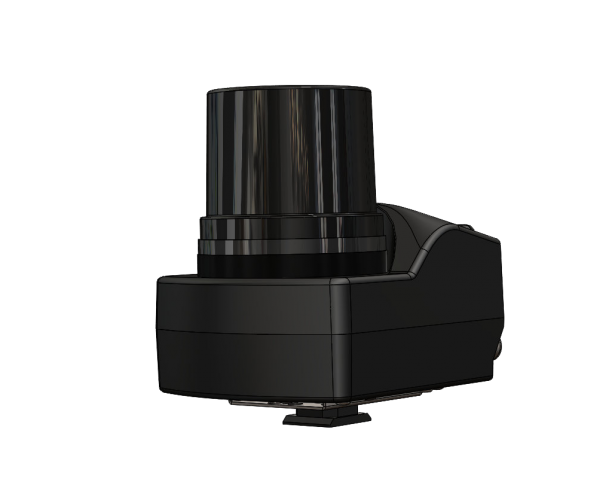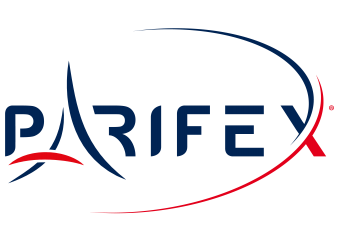PARIFEX’s NANO: The very first speed enforcement system based on 3D-LiDAR technology that is certified worldwide
- Like
- Digg
- Del
- Tumblr
- VKontakte
- Buffer
- Love This
- Odnoklassniki
- Meneame
- Blogger
- Amazon
- Yahoo Mail
- Gmail
- AOL
- Newsvine
- HackerNews
- Evernote
- MySpace
- Mail.ru
- Viadeo
- Line
- Comments
- Yummly
- SMS
- Viber
- Telegram
- Subscribe
- Skype
- Facebook Messenger
- Kakao
- LiveJournal
- Yammer
- Edgar
- Fintel
- Mix
- Instapaper
- Copy Link
Posted: 27 July 2022 | PARIFEX | No comments yet
The impressive NANO speed control system has been certified by the French Laboratory of Metrology and Tests (LNE) and has become the very first speed enforcement system that includes a 3D-LiDAR sensor registered in compliance with the international organisation of legal metrology and French decrees worldwide. It represents a new way to strengthen speed control systems and road safety.
3D-LiDAR technology stands out in speed enforcement systems


Credit: PARIFEX
The NANO sensor, which features 3D-LiDAR technology, has become the very first speed control system to use a 3D-LiDAR sensor. This official registration rewards more than six years of research and development to design an exclusive speed control system. This is a major first for the French Laboratory of Metrology and Tests (LNE) and PARIFEX, which have been working together on this project. The traditional doppler has been replaced by advanced 3D-LiDAR technology, offering even more precise, efficient and scalable speed control systems.
3D-LiDAR and camera: What are the differences?
PARIFEX has included 3D-LiDAR in its solutions in order to meet the French Ministry of Interior’s needs to get a wider field of vision. Unlike traditional speed cameras with a limited field of view, the 3D-LiDAR sensor offers better visual capabilities by providing a 3D modelling of the 360-degree environment, which is made accurate to the centimetre. Whilst the camera detects the reality with two-dimensional images whose quality depends on daylight, 3D-LiDAR guarantees a constant quality, whether in daylight or at night, and even if in humid conditions.
A scalable device


Credit: PARIFEX
The NANO sensor paves the way for the use of 3D-LiDAR technology for speed enforcement systems. Not only does it make the operator’s experience easier, since it is easy to set up through the 360-degree view and does not need any specific orientation, but it also enables a reduction in civil engineering costs and the verification of facilities. Through a fast and unmatched processing time, this cutting-edge solution provides more reliable data in any environment.
This compact, light and easily transported sensor is suitable for both fixed and mobile use. It is the perfect device to collect traffic data and meet smart cities’ needs in road counting, vehicle classification and object detection. It makes many kinds of controls possible and is able to detect obstacles on level crossings, vehicle in reverse, stops, lateral distance, inter-vehicle distance, pedestrians, etc. – all depending on your needs.
The NANO range: Multifunctional tools for all needs
The NANO range also includes the NANO‑CAM sensor for speed infringement and data collection in multiple situations, as well as in urban or extra-urban environments. Traffic management is simplified, since only one single sensor is needed for complete enforcement. Based on 3D-LiDAR technology as well, it simultaneously collects different traffic information such as speed, vehicle classification, tailgating, dimensions, direction, counting, etc. The urban version can also detect infringement, such as using a mobile phone while driving, running a red light or a stop sign, automatic number-plate recognition etc.
Related topics
Traffic Management, Vehicle & Passenger Safety
Issue
Issue 2 2022
Related organisations
PARIFEX








